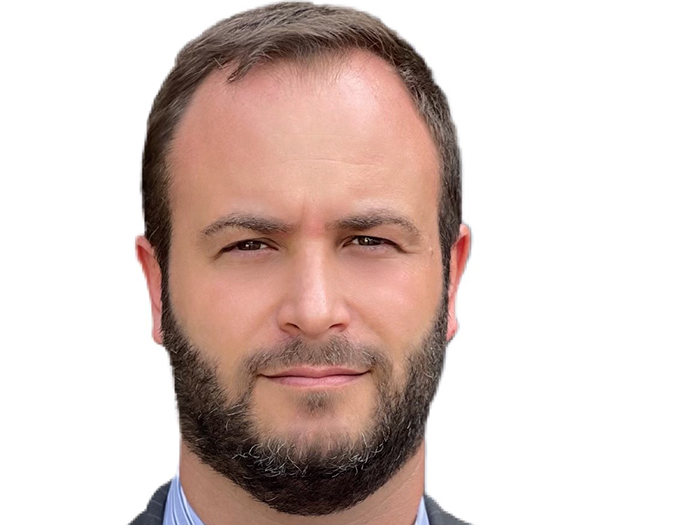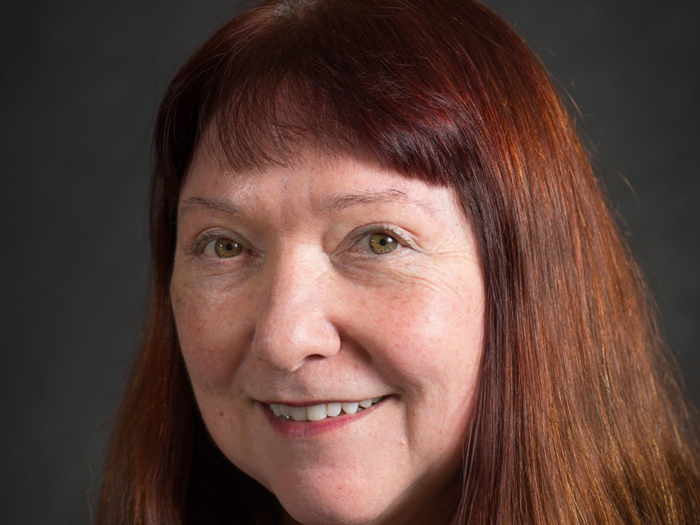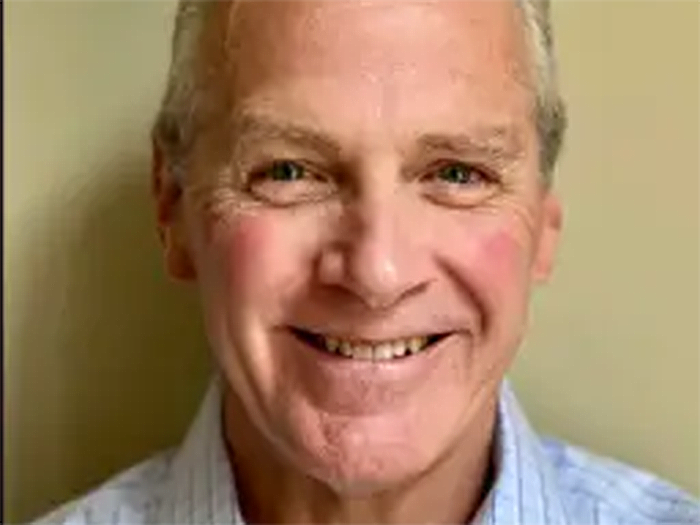Rising Star Jared Dubrowsky Shares the Coming Trends in Environmental Insurance


Come see the Stars! As part of our ongoing coverage of the best brokers in the commercial insurance space, Risk & Insurance®, with the sponsorship of Philadelphia Insurance, is expanding its coverage of the Rising Stars — those brokers who represent the next wave of insurance brokering talent.
Look for these expanded profiles on the Risk & Insurance® website and in your social media feeds now and continuing into 2023.
Here, we’re speaking with Jared Dubrowsky, vice president, environmental practice with NFP, and a 2022 Power Broker finalist in the Environmental category.
Risk & Insurance: How is the market for environmental coverage looking these days? Phrased another way, is there plenty of capacity at reasonable terms or is it tightening?
Jared Dubrowsky: The environmental insurance market remains vibrant, and NFP has numerous partners offering our clients solutions. NPF continues to see retrenchment in policy terms as insurers are gravitating towards shorter policy terms. However, longer policy terms of 10 years are still available for certain real estate-driven transactions and liability buyout schemes.
R&I: As we navigate the pandemic and other social and economic changes, what’s represented the biggest shift in how you do your job?
JD: First and foremost, NFP guided our clients in evaluating coverage in the face of unknown losses. NFP Environmental took the position that unless COVID was specifically excluded, insurers could potentially be on risk.
Once coverage availability was determined we work with our clients to understand implication of Force Majeure clauses in events and then promulgated potential loss scenarios
Lack of in person meetings and difficulty in establishing personal connections. Insurance brokers are matchmakers and it our mission to align clients with best possible trading partners (insurers). Prior to COVID this was frequently done in person over a meal. These relationships bode well for clients. COVID resulting in this art being loss and our business became much more transactional than personal.
Along with COVID came ESG, Social Justice and Environmental Justice.
Insurers are posturing to be best positioned to face these challenges and this includes moving away from certain classes of business such as coal and embracing new classes such as alternative or green energy.
However, this leaves certain clients and brokers in a bind because the “out of favor” industries still need to protect society and its stakeholders and this relies heavily on insurance. Reactionary measures create much uncertainty in the marketplace.
R&I: How is the use of technology aiding your work, either from product placement, underwriting, or risk management perspective?
JD: Technology is giving us a better understanding of where the risks are within the site and where we really need to be focused in.
Recently we have been utilizing software to get a better understanding of exactly where on a site the contamination may be and using that information to really pinpoint exclusions, and in some cases, carve out more contaminated sections of larger lots.
It is important to note technology does not and can not replace personal relationships and these personal relationships are how difficult insurance placements get done.
R&I: How do you feel the insurance industry will need to evolve to remain relevant?
JD: The insurance industry, especially the environmental sector is going to have to start developing more products that better suit our client’s needs. I am finding more and more clients who are overwhelmed with the kitchen sink coverage approach.
We need to stop and listen to what our client’s concerns are and develop new and better products around that. We need to be better listeners and understand that while insurance is often the best answer, it is not the only answer.
R&I: Are you unnerved by what some call the “Silver Tsunami”, that being a lot of retirement of insurance industry Baby Boomers? Or do you feel it’s a lot of noise without much real impact?
JD: The “Silver Tsunami” should be a concern for everyone, as an industry I think the bench is a little light now, especially in the specialty practice areas such as environmental. I don’t see much new talent coming, it seems that the talent is being recycled from brokerage to brokerage or carrier to carrier.
We all need to be on the lookout for new talent to bring them into the industry, I think it’s also time for the baby boomers to “pass the puck” to the next generation before they start to head for the door.
I think we as an industry are not doing enough to mentor the next generation and when that silver tsunami hits we may be in trouble if the next wave of leaders isn’t properly prepared. &










